Kumoi Nishiki Japanese Full Moon Maple – 2 Gallon Pot
$119.97 Original price was: $119.97.$83.98Current price is: $83.98.
SKU: D2LSC 8497655515 Category: JAPANESE MAPLE TREES
- Buy quality, buy with us.
- Your Security is Our Promise
- Sustainable materials, for a better tomorrow.
- SSL encryption, absolutely safe shopping

‘Kumoi Nishiki’ Japanese Maple
Acer sieboldianum ‘Kumoi Nishiki’
Plant Details
USDA Plant Hardiness Zones: 4a-9b Find Your Zone
Height at Maturity: 10′ in 15 years
Width at Maturity: 6-7′ in 15 years
Growth Habit / Form: Upright, Rounded
Growth Rate: Slow to Moderate
Foliage Color in Spring: Emerges Pink quickly changing to Light Green heavily speckled with Creamy White
Foliage Color in Summer: Muted Green with White Speckles
Foliage Color in Fall: Yellow, Orange and Red shades…a kaleidoscope of colors!
Light Needs: Morning Sun with Dappled or Afternoon Shade, Mostly Shade – does not like direct midafternoon sun
Water Needs: Average
Soil Type: Clay (amend heavy clay soil for good drainage), Loam, Sandy (amend quick draining soils for moisture retention
Drainage: Moist but Well-Drained – Well drained soil is a must!
Soil pH: 5.0 – 7.0 is ideal
Maintenance: Low
Resistances: Deer, Heat Tolerant, Insect, Disease
Description
A beautiful and uniquely variegated selection, ‘Kumoi Nishiki’ is a very cold hardy Full Moon Maple that changes colors numerous times through the growing season. New leaves emerge pink and white quickly changing to light green heavily speckled in a creamy white turning to a muted green while retaining the white variegation in summer. With the arrival of cooler temperatures in fall the leaves turn a kaleidoscope of colors in shades of yellow and gold with red and/or purple shades! The variegation holds best in part shade to shade so we suggest planting in a site that receives morning sun with afternoon shade or mostly shade. Excellent in garden beds or containers.
Landscape & Garden Uses
To showcase its magnificence and beauty, the Kumoi Nishiki Japanese Maple is best used in the landscape as a focal point specimen to draw attention to a specific area of the home or landscape. That said, you can plant them in groupings of three or plant one on both sides of an entryway to accentuate the entrance. Also excellent for containers.
Note: One Japanese Maple can make a landscape…that is, if you don’t overcrowd it with other trees and plants. Therefore, when selecting companions to plant under or around your Japanese Maple, make sure to select low-growing shrubs or groundcovers that won’t interfere at all with your tree.
Growing Preferences
Though delicate looking, Japanese Maples are actually very tough and long-lived trees. They are very easy to grow. Container culture can extend their useful range. They are extremely easy to grow in containers, a practice taken to its most extreme form in the art of bonsai. How to Plant A Japanese Maple Tree In A Pot
In their natural habitat, Japanese Maples are understory trees, growing in dappled forest sunlight at the edges of woodlands. Ideally Kumoi Nishiki Japanese Maple prefers to be grown in similar conditions. Avoid direct afternoon sun on this variety.
Most any average garden soil will grow Japanese Maples. They prefer a moist but well-drained soil rich in organic matter. As with so many other ornamental plants and trees, constantly soggy or wet soil can be problematic. So make sure to plant your Japanese Maple in a well-drained site.
Helpful Articles
Click on a link below to get helpful advice from our experts on how to plant and care for Japanese Maple trees.
How To Plant A Japanese Maple Tree In The Ground
How to Plant A Japanese Maple Tree In A Pot
How To Fertilize And Water A Japanese Maple Tree
How To Prune A Japanese Maple
Plant Long & Prosper!
Meet The Wilson Brothers & Staff
Questions? Contact Us!
Be the first to review “Kumoi Nishiki Japanese Full Moon Maple – 2 Gallon Pot” Cancel reply
Related products
Sale!
JAPANESE MAPLE TREES
Sale!
JAPANESE MAPLE TREES
Crimson Queen Dwarf Japanese Maple (High Graft Tree Form) – 2 Gallon Pot
Sale!
JAPANESE MAPLE TREES
Sale!
JAPANESE MAPLE TREES
Sale!
JAPANESE MAPLE TREES
Sale!
JAPANESE MAPLE TREES
Sale!
JAPANESE MAPLE TREES
Sale!
JAPANESE MAPLE TREES

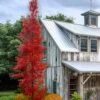



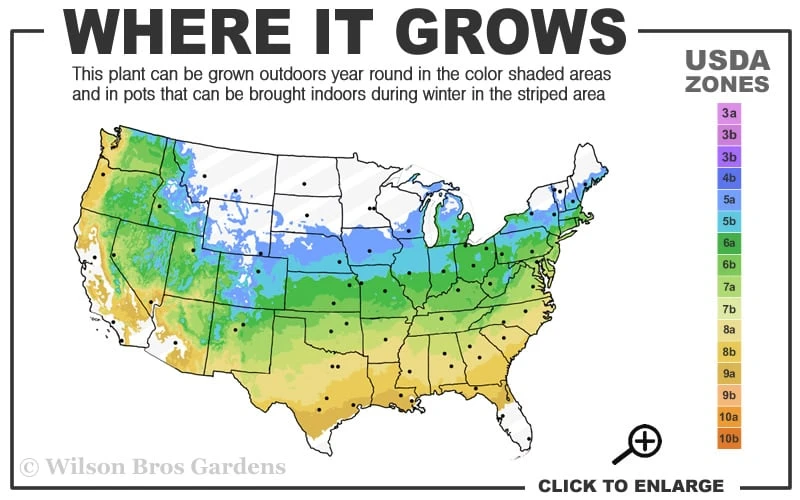
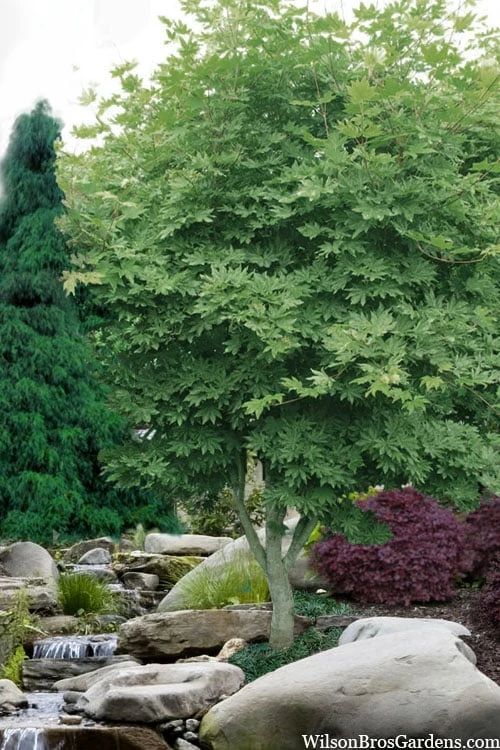


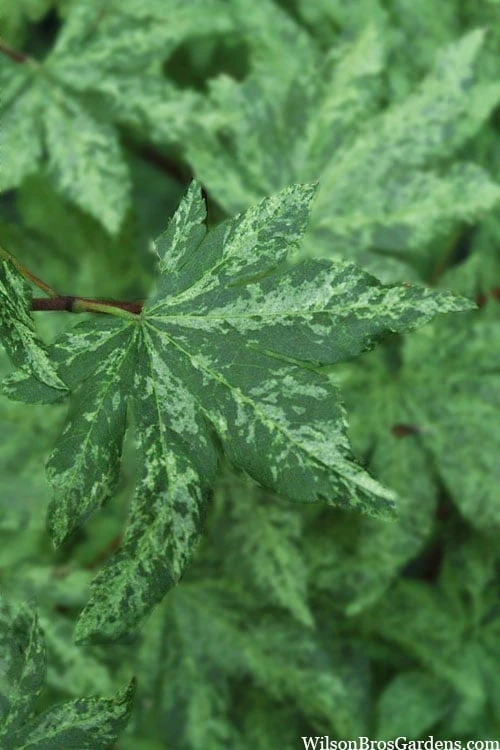
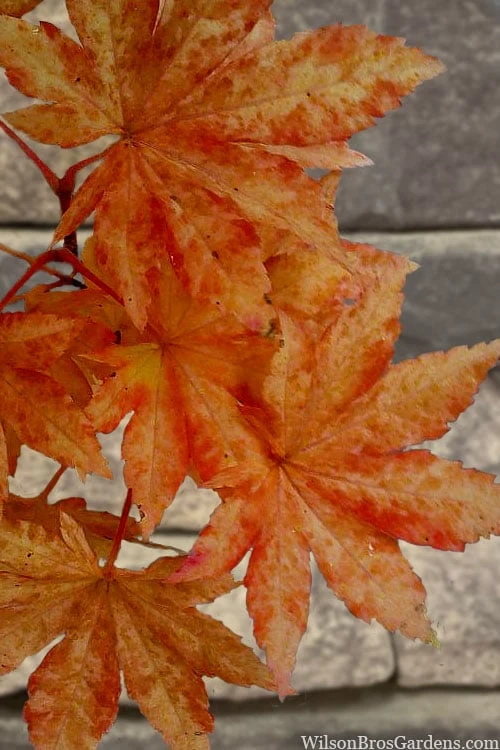
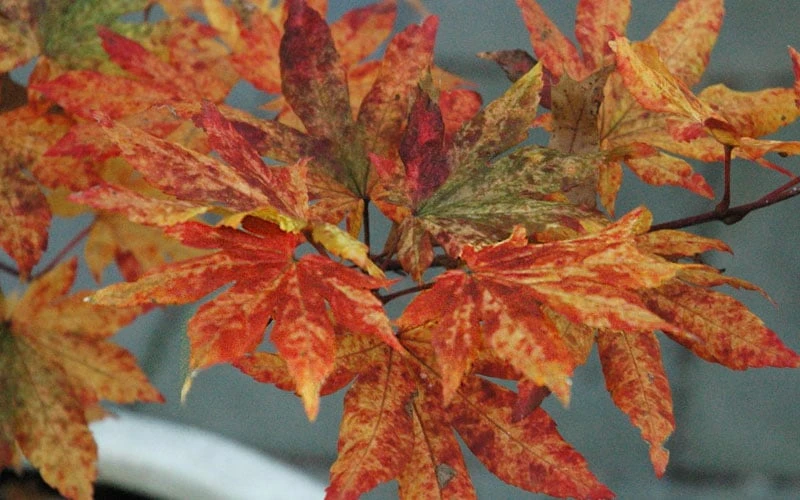
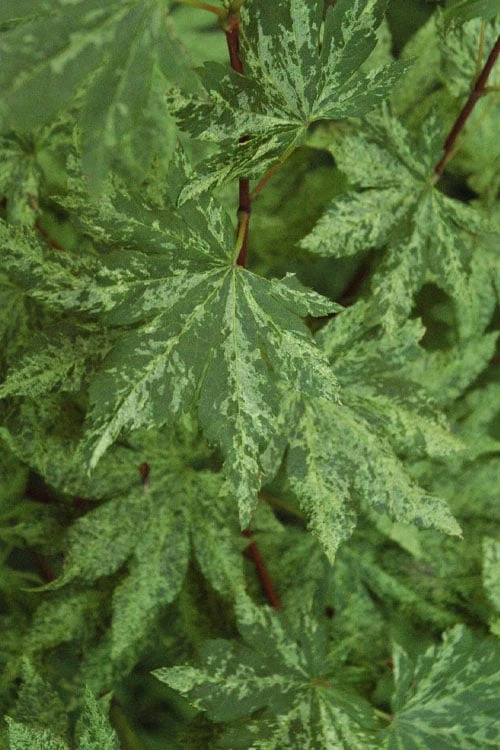
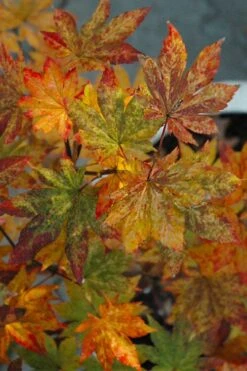
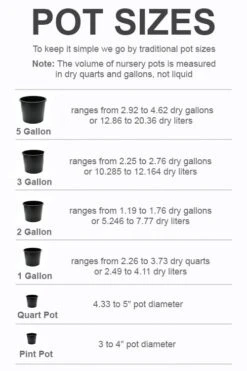

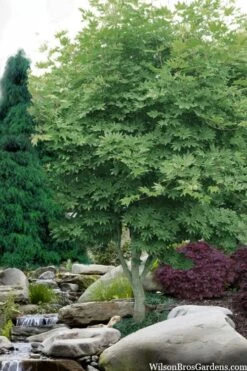
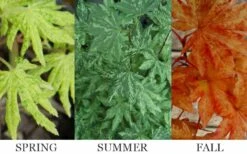
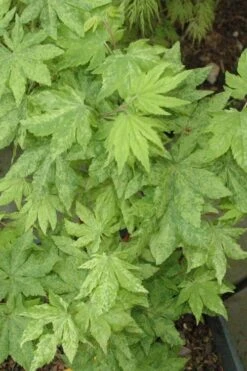
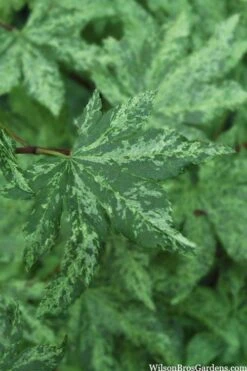


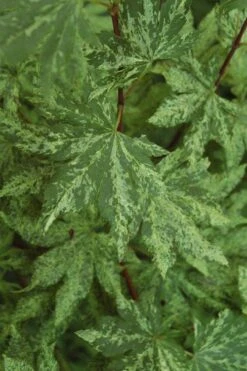

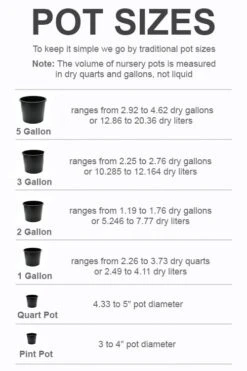
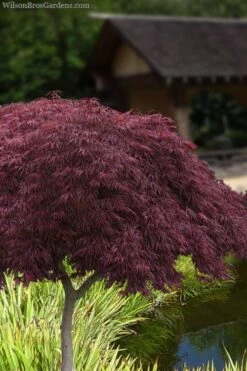

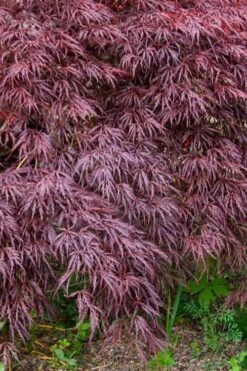
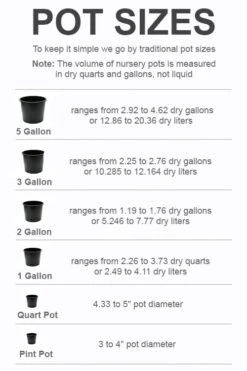
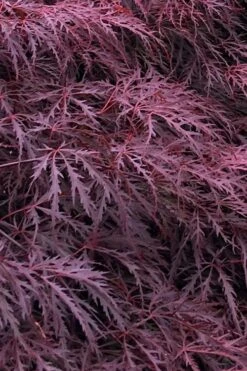






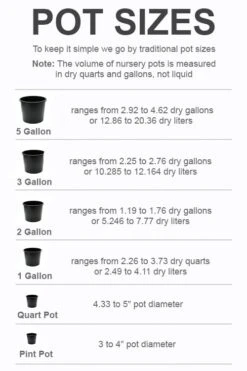
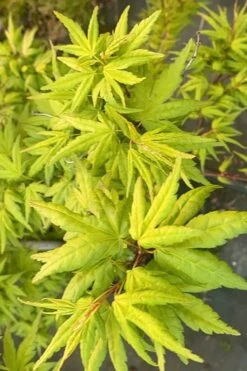

Reviews
There are no reviews yet.